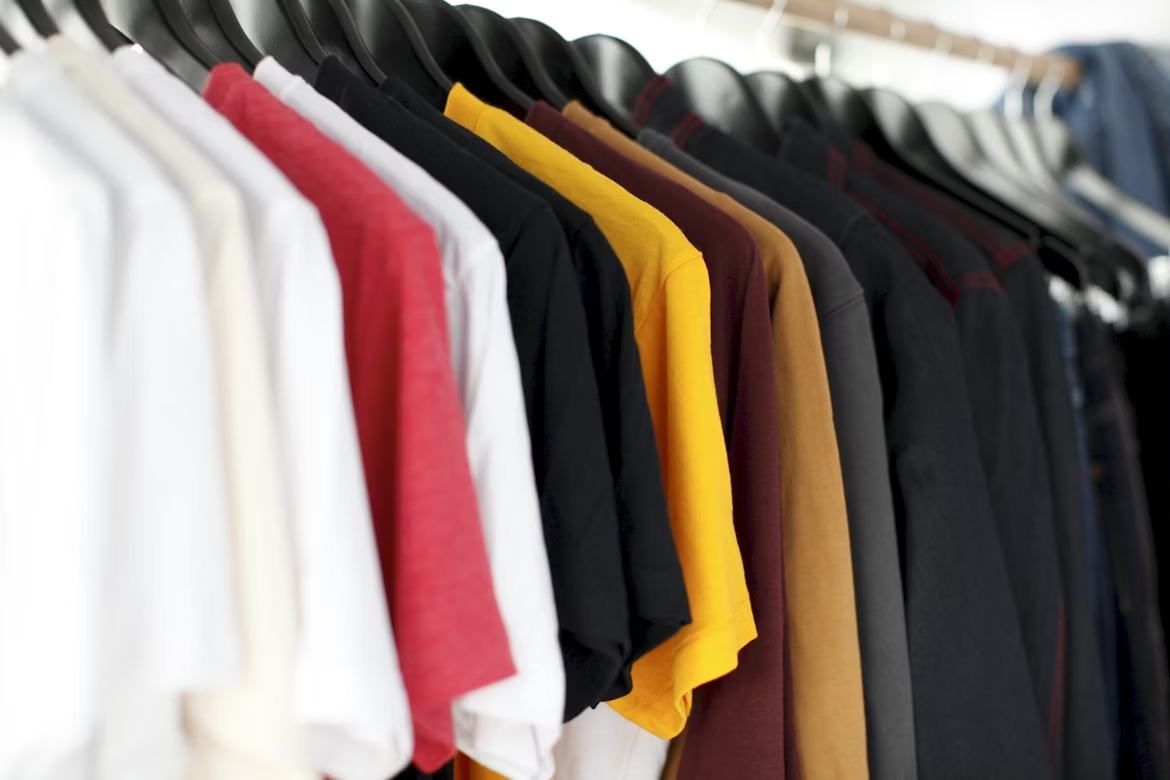Fashion has always been more than fabric. It is communication without words, a visual expression of who you are, and a tool for influencing how others perceive you. In recent years, a powerful movement has gained momentum: people are increasingly wearing cause clothing to align their style with their values.
This is not just a passing trend. From college students wearing shirts to support social justice campaigns, to professionals sporting nonprofit hoodies at the office, to families joining charity walks in branded apparel, mission-driven apparel has become a visible, everyday form of activism. People are realizing that what they wear can become a catalyst for conversation, a driver of fundraising, and a reflection of personal identity.
In this blog, we will explore the psychology behind advocacy fashion, why people choose to wear their values, and how clothing is fueling real social change.
Why People Wear Cause-Based Clothing
People have always used clothing as a form of self-expression. In ancient Rome, purple dye signaled royalty. In the 1960s, denim jackets and protest shirts became symbols of rebellion. Today, the same principle applies: people wear what they believe in.
When someone chooses cause-based apparel, it is not just about a design they like. It is about belonging. Social identity theory tells us that people define themselves through the groups and causes they identify with. Wearing a shirt that advocates for climate justice or homelessness awareness broadcasts membership in that community.
At Cherry Willow Apparel’s shop, supporters know their purchase goes further than the garment itself. They are wearing a story and helping amplify a mission. This dual role of personal expression combined with collective action explains why advocacy clothing resonates so strongly.
The Psychology of Wearing Your Values
To understand the psychology of wearing cause clothing, we need to look at two major concepts: enclothed cognition and identity signaling.
Enclothed Cognition
This theory suggests that clothing does not just send messages outward, it influences how we feel inward. A lab coat can make people feel more focused. A suit can increase confidence. Likewise, advocacy fashion reinforces someone’s role as an advocate. Wearing a hoodie that says “End Homelessness” is more than a style choice, it reminds the wearer they are part of something larger and empowers them to act accordingly. Research on how attire shapes thinking and performance helps explain this effect, as seen in how clothes influence our performance.
Studies also examine how dress shapes first impressions and person perception. Findings suggest that what we wear can strongly influence how others judge our personality, status, and intentions, which is core to the power of the role of dress in person perception.
Identity Signaling
Fashion is also a language of symbols. Psychologists describe identity signaling as the way people communicate their beliefs and values through what they wear, buy, or share. Mission-driven apparel provides a simple yet effective signal: “This is who I am, and this is what I care about.”
For example, when someone wears a Cherry Willow shirt during a community event, they are telling the world they support solutions for homelessness. That signal can spark curiosity, lead to questions, and inspire others to join the cause.
How Apparel Creates Social Change
It is one thing for clothing to make us feel empowered. But can it really drive social change? The answer is yes, and here is why.
- Visibility: Clothing is one of the most public forms of expression. Unlike a social media post that fades in hours, a shirt is visible in countless everyday interactions. Each time someone wears advocacy fashion, they become a mobile billboard for the cause.
- Conversations: Cause-based apparel often leads to natural conversations. A stranger might ask, “What is that shirt about?” That small interaction spreads awareness in a way that static advertising cannot.
- Fundraising: Sales of mission-driven apparel generate funds that nonprofits can use to fuel programs. At Cherry Willow’s about page, you can see how proceeds can directly support initiatives like housing rights and community empowerment. Each purchase doubles as both advocacy and tangible impact.
- Belonging: Wearing shared symbols creates community. At rallies, concerts, or volunteer events, matching cause apparel fosters unity and strengthens movements.
- Emotional Branding: When clothing connects with values, it builds loyalty and deeper commitment. Evidence from fashion marketing shows why emotional branding in fashion helps movements and mission-led brands sustain engagement over time.
Real-World Examples of Advocacy Fashion
Cause clothing has deep roots in history. Some of the most iconic advocacy moments have been tied to apparel.
- “I ♥ NY” shirts: Originally a tourism campaign, they evolved into a broader cultural symbol of pride and resilience.
- Live Aid and Band Aid merch in the 1980s: Concert tees did not just look good, they raised millions for famine relief.
- Black Lives Matter apparel: T-shirts, hoodies, and masks played a central role in visibility during protests, allowing supporters to make their stance public.
- Cherry Willow Apparel partnerships: By collaborating with organizations tackling homelessness, every collection serves as both fashion and fundraising.
These examples show that wearing cause clothing is not niche, it is a proven advocacy tool.
The Emotional Impact of Cause Apparel
Clothing tied to causes resonates emotionally. It provides wearers with:
- Empowerment: Feeling part of a larger movement.
- Visibility: Knowing their actions and values are seen.
- Connection: Belonging to a like-minded community.
- Legacy: Contributing to causes that leave lasting impact.
Psychologists argue that this blend of emotion, identity, and action is what makes mission-driven apparel so powerful. It turns passive support into active participation.
Addressing Common Misconceptions
Some critics argue that cause apparel is “performative” or “slacktivism.” But research and lived experiences show otherwise.
- Awareness matters: Before policies change, awareness must grow. Apparel accelerates visibility.
- Funds matter: Apparel sales can directly support nonprofits. For Cherry Willow, every sale can channel resources into housing initiatives.
- Behavior matters: Wearing advocacy fashion does not replace deeper activism, it sparks it. Often, it is a gateway to volunteering, donating, or advocating more actively.
Expanded FAQs
Why do people wear cause-based clothing?
Because it expresses who they are. It provides belonging, sparks conversations, and signals solidarity with a movement.
How can apparel create social change?
Through visibility, awareness, and funding. Apparel turns wearers into advocates and channels resources into solutions.
What is the psychology behind wearing your values?
Enclothed cognition and identity signaling explain it. Clothing tied to advocacy influences how people feel and how they are perceived. For an accessible overview, see psychology of fashion from the APA.
How does fashion impact awareness?
Fashion is one of the most public, everyday canvases for messaging. When people wear cause apparel, they normalize discussions about difficult issues like homelessness, equity, and human rights. See how attire shapes first impressions in the role of dress in person perception.
Is cause apparel effective advocacy?
Yes. It raises awareness, builds community, and can directly fund nonprofit initiatives. For the branding side of this impact, review emotional branding in fashion.
Is there a risk of commercialization?
Only if the apparel is detached from impact. True mission-driven apparel pairs messaging with meaningful funding and transparency, ensuring fashion serves people, not profits.
What makes cause clothing different from regular branded merch?
Branded merch promotes a company. Cause clothing promotes a mission. It transforms the wearer into a messenger for advocacy.
Final Thoughts
The psychology of wearing cause clothing reveals why advocacy fashion has become a global movement. It is not just about style, it is about identity, belonging, and impact. With mission-driven apparel, people carry their values into every space they enter.
When cause apparel is rooted in authenticity, transparency, and partnership, it becomes one of the most effective forms of modern advocacy. Each piece tells a story, sparks a conversation, and funds a solution. In short, advocacy fashion is not just about what we wear, it is about who we are and the change we want to see.



.jpg)
.jpg)